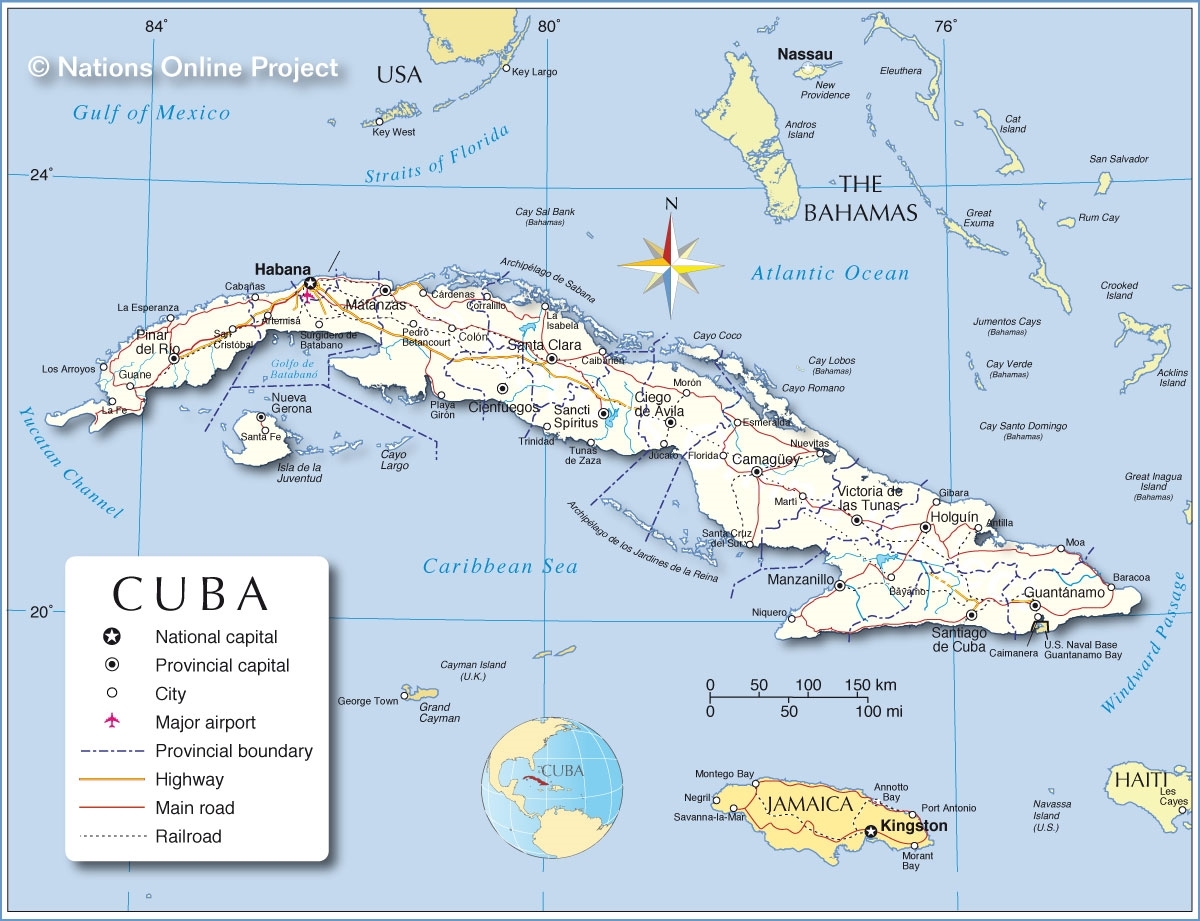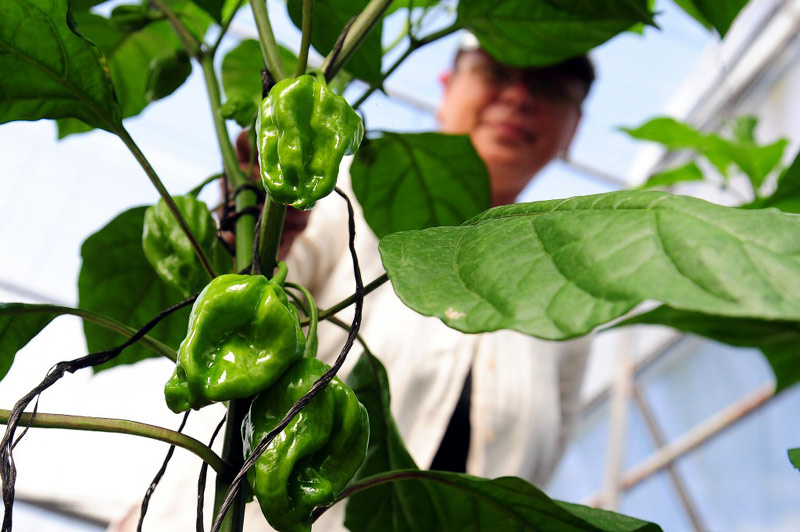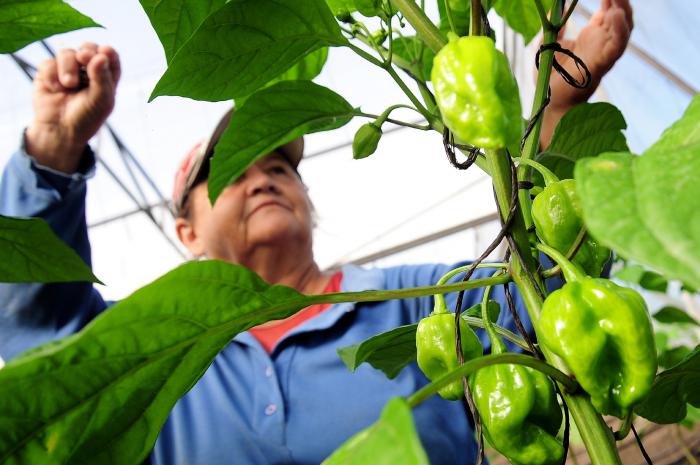Could Red Habanero Peppers Follow Coffee To The United States?
/The United States Department of State authorizes the direct import and indirect import of agricultural commodities from the Republic of Cuba to the United States. The first such product was coffee (https://www.cubatrade.org/blog/2016/7/14/update-hecho-en-cuba-begins-to-mean-something-obama-administration-will-help-accept-certification-from-cuba?rq=Nespresso)
From the United States Department of State:
Q: What are some examples of independent Cuban entrepreneurs?
A: Cuba’s nascent private sector includes self-employed individuals, private small businesses, and private cooperatives that are independent of Cuba’s state sector. Those importing goods or services authorized by § 515.582 must obtain documentary evidence that demonstrates the entrepreneur’s independent status, such as a copy of a license to be self-employed issued by the Cuban government or, in the case of an entity, evidence that demonstrates that the entrepreneur is a private entity that is not owned or controlled in whole or in part by the Cuban government.
LINKS:
https://www.state.gov/e/eb/tfs/spi/cuba/515582/237473.htm
https://www.state.gov/e/eb/tfs/spi/cuba/515582/237471.htm
https://www.state.gov/e/eb/tfs/spi/cuba/515582/index.htm
Cuba will resume hot pepper exports
http://www.granma.cu/cuba/2018-11-12/retomaran-exportacion-de-aji-picante-12-11-2018-21-11-30
"The state newspaper Granma, the official organ of the Communist Party of Cuba, announced that the country would resume its exports of hot pepper as soon as December.
The Horticultural Company Wilfredo Peña, which already has a contract to deliver about 300 kilograms of this product to a foreign client, will be in charge of the production of this plant, which is usually used in the flavoring of many foods and medicinal remedies.
Producers will grow the red Habanero variety, which is considered one of the most interesting varieties outside of Cuba, in a greenhouse of 0.26 hectares.
The managers in charge of this project said that their company had exported more than one ton of this variety of chili to Canada per month a couple of years ago, but of the yellow variety. However, the production was completely paralyzed due to the scarcity of covering for the greenhouses.
Producers expect to collect the chili in the beginning of December and the area will be planted again in January 2019, followed by similar cycles in April and August, which should result in a monthly harvest of close to 1.5 or 1.6 tons.
The cultivation procedures include the elimination of the lower quality products, as well as the use of suitable fertilizers by means of fertigation.
Specialists of the Ministry of Agriculture who are working on this project told the press that they were working so that the pepper's red color was as intense as possible and that they would try to introduce other parameters through laboratory tests so that the product's spiciness level met the international quality standards.
The fruits will be exported in three-kilogram boxes, which will be exported through the Frank Pais International Airport, where they will be verified by specialists of Plant Health and Customs before being exported, as is required for international shipments of plant products."



